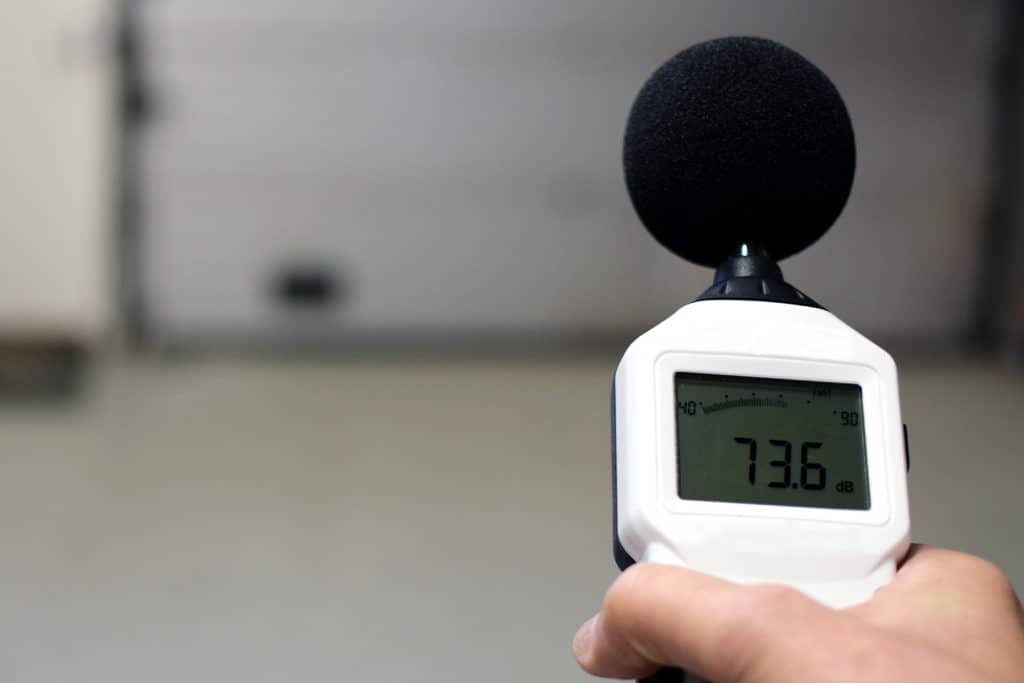Guest Author: Technicon Acoustics
Noise, Vibration, and Harshness (NVH) is a concern for many companies. One of our long time suppliers Technicon Acoustics has provided the below resource and also has a full version pdf available to download here.
The extraneous sound and vibration are more than just an annoyance for people who work around noisy machinery. Excess equipment noise creates a perception of low quality that can decrease the perceived value of an OEM’s product. Noise and vibration are first and foremost bothersome, but it can also cause underlying issues of increased wear and tear, ultimately leading to shorter equipment life. These results have detrimental effects on the marketability of the product, decreasing its appeal to the customer.
Fortunately, there are methods to decrease excessive noise and vibration to optimize performance and enhance the overall consensus of your product.
What is the Meaning of NVH?
NVH stands for “Noise, Vibration, and Harshness.” NVH seeks to understand the source of industrial noise and modify equipment to reduce it. When looking for methods to diminish the noise and vibration from machinery, Technicon Acoustics relies on these core principles when engaging in equipment modification:
- Reducing the source strength
- Interrupting the path of the noise and vibration
- Absorbing the noise and vibration
- Smoothing out sound quality and annoying tones
- Increasing speech intelligibility inside of the machinery
Sound waves move outward from their source at different strengths and speeds, depending upon the mediums they encounter. Installing the right kind of barrier material deflects sound waves, reducing their impact. Some mediums absorb sound waves rather than allowing them to proliferate. Specialized foams are often used to absorb sound waves caused by vibrations.
The field of NVH has its roots in the automotive industry. Sound dampening methods were originally developed to reduce the noise produced by automobiles, but now noise and vibration control techniques are applied across an array of industries.
Engines and motors on machines and vehicles are the primary sources of noise in an industrial setting. Interrupting the path of the noise involves installing barriers within the machinery, as well as equipping individual components that are prone to vibration with damping material that reduces vibrations. By addressing both structure-borne and airborne noise the overall sound quality of the machinery improves. In turn, this improves the ability of operators or passengers to understand one another or to hear the speech from a GPS or radio. This is the definition of speech intelligibility.
Increasing Sound Quality and Speech Intelligibility
Not all sound is created equal. The different sounds and their harshness all have a unique perception to the individual. Some noises may sound alike, but have certain attributes which make it more disturbing. A tone is defined as any frequency bin that has a dB rating of +/- 3dB from the previous bin, which makes the difference audible and annoying to the human ear. There are methods to reduce noise and vibration, but masking the harshness of the noise needs to be accounted for as well.
By properly addressing the noise sources, the acoustic signature becomes less harsh. No one wants to be in or around a piece of equipment that has a loud annoying tone to it – whining, thumping, scraping, etc. Improving the sound quality of a machine and smoothing out the annoying tones helps improve speech intelligibility, which is vital inside cabs or simply being around the equipment.
In an ever-growing world of digital communication, speech intelligibility is not just important for person–to–person interaction. Devices also need to be able to understand voice commands that are given by the operators and vice versa.
Why is Measuring NVH Important?
Measuring NVH and implementing the correct acoustic solutions will enhance the value of your product. Customers commonly look for the equipment and machinery that check all the boxes on their shortlist, which always includes a product with the least amount of excessive noise, vibration, and harshness.
With vehicles, noise originates in the powertrain, which includes the motor, engine, exhaust, and all ancillary support systems. At lower speeds, powertrain noise is the most noticeable type of sound. At higher speeds—those exceeding 100 km per hour—rolling noise takes over. Rolling noise is directly tied to airflow. An everyday example of this would be to compare the noise generated by a car in city traffic compared with the noise generated on the highway.
Vibration is caused by the sound waves generated by moving components within the equipment or vehicle. As sound waves emanate from their source, they reverberate off of other components and cause them to vibrate as well.
When it comes to perceptible sound, the human ear has a wide range. We are able to sense anywhere between 20-20,000 Hz. It is critical for engineers and manufacturers to reduce the upper threshold of their equipment’s NVH sources during the design process to appropriately mitigate risks posed by industrial noise.
Lowering NVH Levels with Technicon Acoustics
When dealing with sources of NVH, there are two types of sounds that need to be considered:
- Structure-borne
- Airborne
Structure-borne sound results from all moving components within the machinery. Airborne sound is generated by the equipment’s aerodynamics and combustion processes and is transmitted directly to your ear. Together, these two types of sound compose the machinery’s overall acoustics.
Technicon Acoustics uses different solutions to reduce harmful noise. Designed to address the three core NVH principles, these solutions include:
- Acoustic absorbers
- Acoustic barriers
- Damping materials
Acoustic absorbers are made using porous materials like polyester foam and polyester fiber. These absorbers are installed on sound-reflective surfaces to prevent airborne noise from proliferating and affecting equipment operators and bystanders.
Acoustic barriers are made from mass–loaded vinyl, a dense material that stops sound waves from spreading. Barriers serve as an environmental modification and are often installed on surfaces surrounding industrial machinery or in the cab of a vehicle.
Certain materials actually amplify the frequency and harshness of sound waves. Damping materials such as PVC and foam composites dissipate sound waves before they amplify and are used to keep the interiors of large-scale mass transit vehicles comfortable for passengers.
Click here to download the full NVH materials guide PDF.
CGR Products has worked with Technicon foams for well over 30 years, providing solutions ranging from small gap fillers to full enclosure panels. As flexible material specialists, the CGR Products team offers years of experience in converting foam materials into gaskets and components. Our in-house precision cutting services include rotary, flatbed, kiss cutting, slitting, waterjet, knife cutting, and more.

